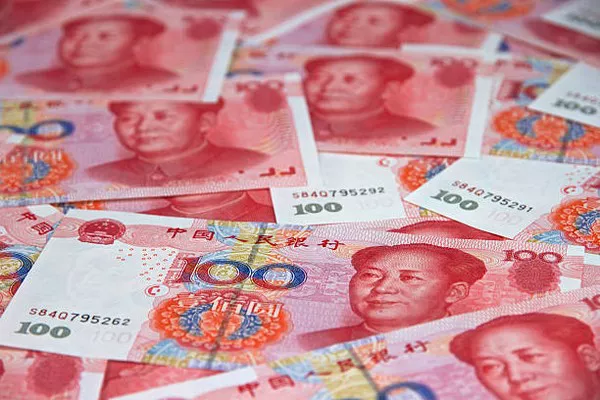In the realm of global currencies, few are as distinctive and culturally significant as China’s renminbi (RMB). Among the various denominations of RMB notes, the one hundred yuan bill stands out for its prominence and value. Adorning the front of this banknote is a portrait of a notable figure from Chinese history, a symbol of the nation’s rich heritage and economic prowess. This article delves into the identity of the individual depicted on the one hundred yuan note, exploring their significance and the broader context of their legacy.
The One Hundred Yuan Note: A Symbol of Chinese Currency
The one hundred yuan note is one of the most widely circulated denominations of the Chinese currency. Its design reflects the country’s deep historical roots and modern economic stature. At the forefront of this banknote is a distinguished figure whose life story embodies key aspects of Chinese culture, philosophy, and governance.
Introducing Chairman Mao Zedong
The face gracing the one hundred yuan note is none other than Chairman Mao Zedong, one of the most influential figures in modern Chinese history. Let’s delve into the life and impact of Chairman Mao, exploring why he was chosen to represent this significant denomination.
Early Life and Revolutionary Ideals
Born in 1893, Mao Zedong was raised in Shaoshan, a rural village in Hunan province. His upbringing in a traditional farming community deeply influenced his later revolutionary ideals. Mao’s early experiences with poverty and social inequality fueled his commitment to transforming Chinese society.
Leadership and the Chinese Communist Party
Mao’s rise to prominence began with his involvement in the May Fourth Movement and his leadership within the Chinese Communist Party (CCP). His strategic acumen and ideological fervor propelled him to the forefront of the party’s leadership, particularly during the Long March and the Chinese Civil War.
The Long March: A Turning Point
The Long March of 1934-1935 was a pivotal event that solidified Mao’s position within the CCP. Faced with encroaching Nationalist forces, Mao orchestrated a daring retreat, covering thousands of miles through treacherous terrain. This feat showcased his leadership skills and ideological commitment, earning him respect and admiration among party members.
The Founding of the People’s Republic of China
In 1949, Mao’s vision of a communist China was realized with the establishment of the People’s Republic of China (PRC). As the founding Chairman, Mao embarked on ambitious reforms aimed at modernizing China’s economy and society.
Land Reform and Cultural Revolution
Mao’s tenure as Chairman was marked by sweeping social and political movements. The Land Reform Campaign aimed to redistribute land to peasants, while the Cultural Revolution sought to purge remnants of capitalist and traditional elements from Chinese society.
Mao’s Enduring Legacy
Despite controversy and criticism surrounding some of his policies, Mao remains a revered figure in Chinese history. His leadership fundamentally transformed China, laying the groundwork for its emergence as a global economic powerhouse.
Significance of Mao’s Presence on the One Hundred Yuan Note
The inclusion of Chairman Mao’s image on the one hundred yuan note is laden with symbolism and historical context. Mao’s representation underscores the CCP’s enduring influence on modern China’s political and economic landscape.
Cultural Icon and Historical Continuity
Chairman Mao’s image serves as a reminder of China’s revolutionary past and its transition into a modern socialist state. His legacy continues to resonate with Chinese citizens, symbolizing resilience and national pride.
Economic Reforms and Global Recognition
The decision to feature Mao on the one hundred yuan note also highlights China’s unique blend of socialism and market-oriented reforms. Under Mao’s leadership, China embarked on a trajectory that would ultimately position it as a major player in the global economy.
Conclusion: Chairman Mao and the Evolution of Chinese Identity
In conclusion, the figure depicted on the one hundred yuan note represents more than just a historical figure; it embodies China’s journey from revolution to economic prosperity. Chairman Mao Zedong’s enduring presence on this banknote reflects the complex interplay between tradition and modernity within Chinese society.
As China continues to assert itself on the world stage, the image of Chairman Mao on the one hundred yuan note serves as a poignant reminder of the nation’s remarkable transformation. Whether viewed as a revolutionary visionary or a controversial figure, Mao’s legacy remains deeply intertwined with the fabric of contemporary China.


